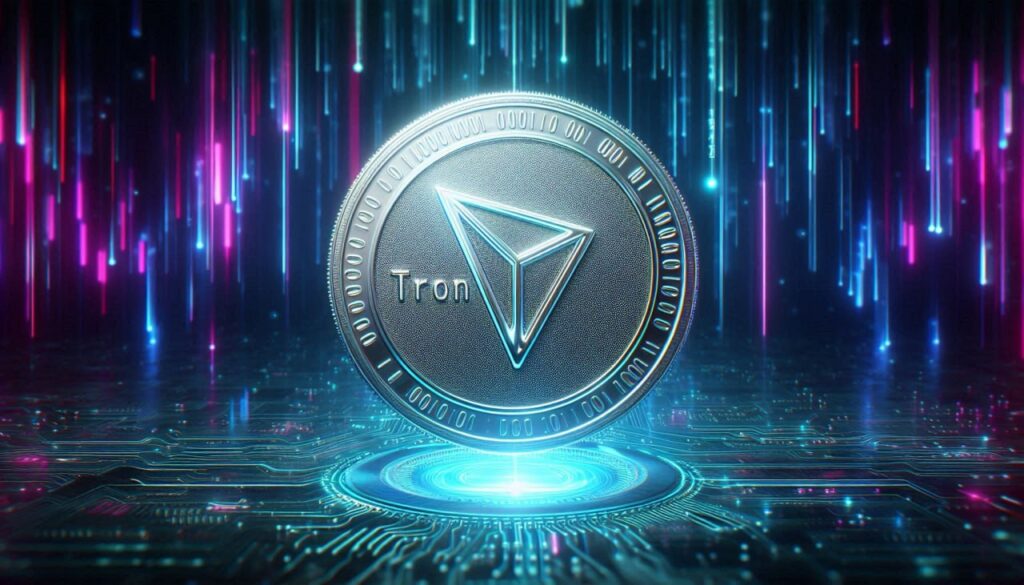- The stablecoin market has surpassed $200 billion in market capitalization, with Ethereum holding 58% of the market and TRON emerging as a strong competitor with 31%, driven by its high transaction volume and cost efficiency.
- This growth signals increased crypto liquidity but raises concerns about centralized stablecoins and potential regulatory risks.
The stablecoin market has reached a historic milestone, surpassing a market capitalization of $200 billion. This remarkable growth reflects the increasing confidence in digital asset backing and the expanding role of stablecoins in the crypto ecosystem. Leading the pack is Tether (USDT), holding a dominant position with $142 billion, followed by Circle’s USDC at $49 billion. Newcomers such as SkyEcosystem’s USDS and Ethena’s USDe also made notable debuts with market caps of $8.3 billion and $6.5 billion, respectively.
Ethereum vs. TRON: A Battle for Dominance
Ethereum remains the leading blockchain for stablecoins, capturing 58% of the market. However, TRON is steadily emerging as a fierce competitor, accounting for 31% of the stablecoin market share. The Binance Smart Chain (BSC), once a strong contender, now holds just 3%, highlighting a decline in market share.
TRON’s rise can be attributed to its network efficiency and cost-effectiveness. Handling an impressive 8.5 million transactions daily, TRON’s high throughput and low fees attract users seeking faster, cheaper alternatives. Ethereum, known for its robust smart contract capabilities, faces challenges from TRON’s high transaction speed and growing popularity.
Implications for the Crypto Market
The growth of stablecoins signals increased liquidity in the crypto market, paving the way for larger and more efficient trades. Historically, expansions in stablecoin supply have preceded crypto bull runs, as increased liquidity enables higher trading volumes. However, the concentration of market power among a few centralized stablecoins raises concerns about systemic risk if regulatory pressures mount.
TRON’s dominance in transaction volume, including over $3 billion in daily volume and thousands of high-value transfers, demonstrates its potential to serve institutional and retail users alike. This positions TRON as a strong contender for cross-border payments and DeFi applications.
The Road Ahead for Ethereum and TRON
The competition between Ethereum and TRON is far from over. Ethereum’s established reputation in DeFi and its extensive ecosystem offer resilience, but TRON’s efficiency and cost advantages could lure liquidity away from Ethereum. Regulatory scrutiny, particularly on stablecoin-related transactions, remains a challenge for TRON. If it can navigate these hurdles, TRON could solidify its role in DeFi and cross-border transactions, reshaping the stablecoin landscape.

